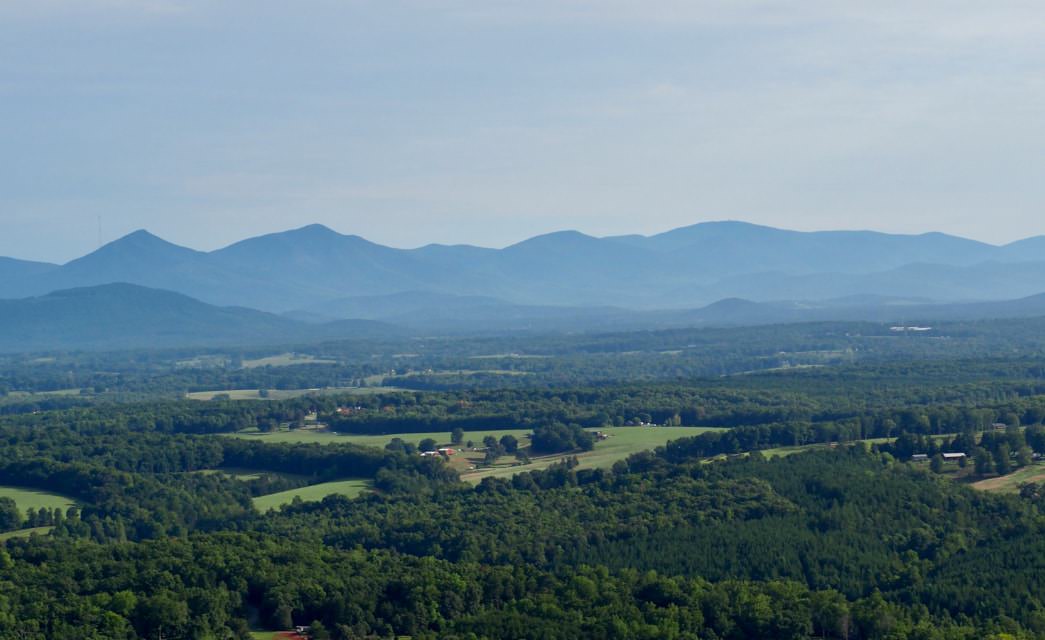
Planning a trip to Virginia?
Choose a BBVA member property for an unforgettable Virginia lodging experience as well as inside advice on how to make the most of your Virginia vacation.
Bed & Breakfast Association of Virginia
at a Virginia Bed & Breakfast Inn
Planning a trip to Virginia?
Choose a BBVA member property for an unforgettable Virginia lodging experience as well as inside advice on how to make the most of your Virginia vacation.
Inspected & Approved Virginia Lodging
Welcome to the Bed & Breakfast Association of Virginia. We are committed to providing our guests the best Virginia lodging; whether in the foothills of the Shenandoah Mountains, on the Eastern Shore or in the state capital city of Richmond. BBVA, is Virginia lodging at its best because all our properties are inspected and approved and have a reputation for providing the highest quality independent accommodations in the state.
Plan your getaway today at one of Virginia’s many authentic and locally owned bed & breakfasts, from historic homes and rustic retreats to resort-like estates. Each member inn offers a unique and unforgettable lodging experience for a memorable vacation in the finest Virginia B&Bs.
Most Scenic Places with Virginia Lodging
One of the best things about early fall is the warm air followed by an array of autumn colors beautifully changing with the season. Envision sitting outside with your favorite drink in hand and taking in a surrounding view of yellow, orange, pink and red. Virginia is known for its stunning landscapes. When planning your next vacation, check out some of the most scenic places in Virginia. Perhaps you’ll be surprised at what lies between the mountains of Southwest Virginia to the scenic coastal area. You may want to spark a romance in a secluded B&B or take a hike in the Blue Ridge Mountains. From the mountain views to the bayside, no matter where you are headed, our Virginia lodging accommodations will take your breath away.
Outdoor Activities near Virginia Lodging
When planning a trip to Virginia one may be surprised by the copious amounts of activities that this beautiful state offers. Fall provides the best weather and is the perfect time to venture out somewhere new. Take a scenic bike ride. Or, plan a trip on any of the beautiful Virginia rivers, whether canoeing, tubing, or kayaking. Virginia has some of the most incredible and scenic hiking trails and waterfalls. Looking for something new, try breakfast and birdwatching. If you’re looking for extreme adventure, take the opportunity to go skydiving or take a ride in a hot air balloon.

Our Inns
Inspected & Approved
Our inns provide the highest quality of lodging in Virginia.
View InnsNo Airs About Us
Personal Experience
Our members have personally designed and professionally manage a hospitality business.
See Benefits

Membership
Innkeeping in Virginia
Our association offers a full range of services to our members.
Join UsVisit Virginia
Plan a Trip
Virginia offers endless opportunities for your next vacation.
Explore Regions